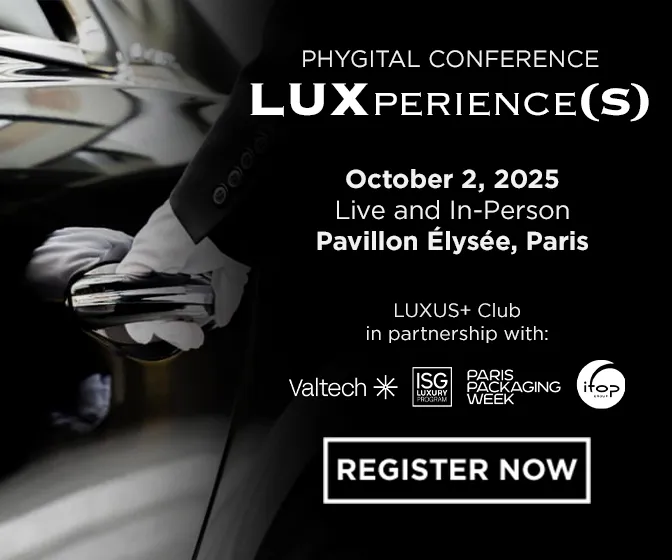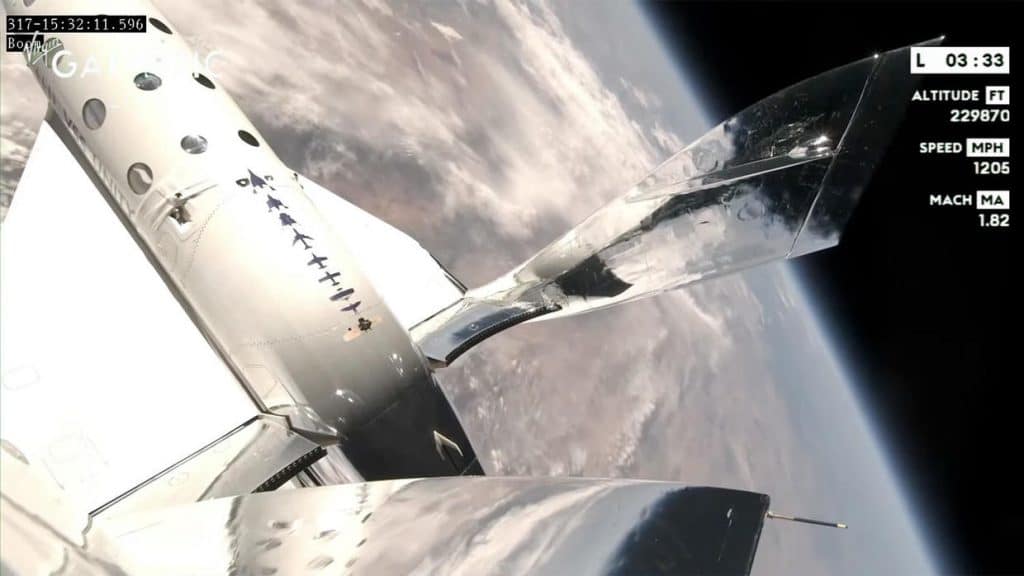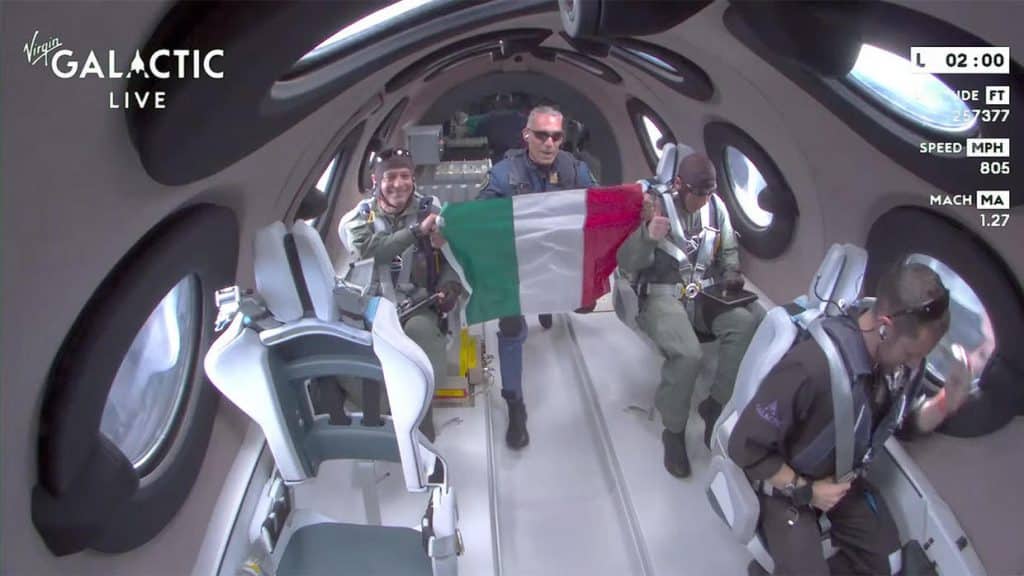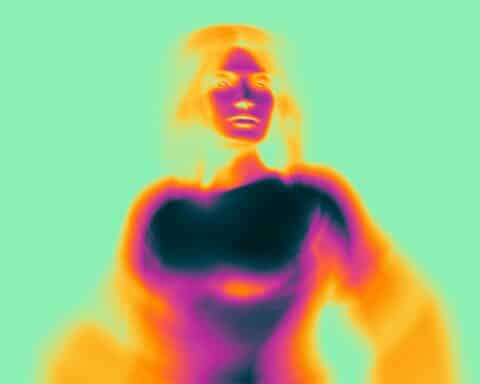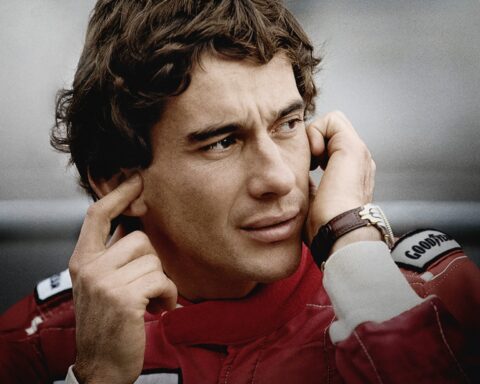The world dreamed of it, Richard Branson did it. For the first time in its history, the Virgin Galactic aerospace company, owned by British entrepreneur Richard Branson, sent tourists into space last Thursday.
Just like the first steps on the moon, here come the pioneers of space tourism. Incredible but true! Virgin Galactic has just sent its first customers into the cosmos, after more than two decades in business.
After a long hour’s wait, more on land than in the air, the VSS Unity spacecraft reached space on August 10 at around 9:30 a.m. (New Mexico local time) at an altitude of 44,500 feet, according to the company, which broadcast the event live on its website.
The commercial flight had 6 people on board, including three Italian researchers, two company pilots and an astronaut trainer.
“An incredible experience, from take-off to landing”, said Pantaleone Carlucci, representing the Italian National Research Council. “The acceleration, the climb and then suddenly, microgravity. … I had the opportunity to look outside, and the view was incredible. Fantastic! I’m speechless.”
Once the Unity rocket was launched, the spacecraft’s hybrid engine ignited, propelling it into the heavens and out of the lower atmosphere. Cameras mounted on the ship’s hull showed the Earth falling, while the sky grew darker and darker as the rocket gained altitude.
A minute later, reaching 2.8 times the speed of sound at an altitude of 136,000 feet, the engine stopped. The 6 crew members thus discovered what weightlessness was all about.
Italian Air Force Colonel Walter Villadei, commander of the mission, said, “You can be told during training what kind of experiences you can have, but in the end, when it’s your body and your senses, it’s completely different.”
More than just a ride
Virgin Galactic’s first commercial flight was not only an experience for civilians, but also for the company itself. The launch was also about finding answers to existential questions. Indeed, once in weightlessness, Villadei, Carlucci and Lieutenant-Colonel Angelo Landolf of the Italian Air Force began conducting and monitoring a dozen experiments, with the aim of collecting data on the effects of weightlessness on themselves and on a variety of technological processes.
In an amusing and memorable moment during the experiments, Villadei took a few seconds to unfurl the Italian flag as it floated in the air above his team-mates. After Neil Armstrong, the first step on the Moon and a planted American flag, Villadei in Virgin Galactic’s first commercial space flight, waving the transalpine flag.
Three minutes of bliss
Like all sub-orbital flights, the crew had just three minutes of weightlessness as the craft curved above its trajectory and began its descent towards Earth.
Finally, back in the lower atmosphere, Unity’s two wings returned to their usual position and the pilots were able to manually maneuver the spaceplane through a spiral glide, finally landing on Spaceport America’s 12,000-foot runway.
Total time from launch to landing? Just under 14 minutes.
Fierce competition
Virgin Galactic has launched 25 people to the farthest reaches of space, including several more than once, such as Masucci, making his fourth flight, and Bennett, making his second. Arch rival Blue Origin, owned by Jeff Bezos, has launched 32 people on six sub-orbital space flights.
Customers include extreme explorer and CEO of Dubai-based private jet sales company Action Aviation, Hamish Harding. A member of the 5th manned spaceflight mission aboard the New Shepard rocket as part of the Blue Origin mission, the 58-year-old businessman died aboard the Titan submarine while taking part in an exploration of the wreck of the Titanic, lying 4km underwater.
Competition between the two companies in the space tourism market remains fierce.
Richard Branson’s company’s first space flight took place in 2018 when two pilots flew Unity to an altitude of 51 miles. This initial launch into space came four years after a catastrophic test flight that destroyed Virgin’s original spaceplane, killing the co-pilot and seriously injuring the pilot following the premature unlocking of the feather mechanism.
After solving this problem, Virgin launched four successful test flights in a row before retiring for two years to upgrade the Eve carrier jet and make further modifications. A fifth successful test flight on May 25 paved the way for last Thursday’s launch.
For its part, Blue Origin began commercial operations in 2021. But the company’s most recent launch dates back to September 2022.
Finally, Elon Musk and his company SpaceX, successfully launched its very first space tourism flight in September 2021: Inspiration4.
A member of this inaugural flight, which carried four passengers for an experience longer than the trips offered by Virgin Galactic and Blue Origins, billionaire Jared Isaacman recalled in a 2021 press release, “in the entire history of mankind, fewer than 600 human beings have reached space.”
Musk is now looking to take space tourism to the next level. In partnership with space habitat technology company Vast, the SpaceX CEO plans to launch the first private commercial space station by August 2025. Called Haven-1, it is expected to accommodate four astronauts for up to a month. This new type of space station will rotate in low-Earth orbit before moving on to a larger station in the near future.
The commercial debut officially inaugurates Virgin Galactic into the ranks of tomorrow’s space tourism providers alongside Elon Musk’s SpaceX and Jeff Bezos’ Blue Origin LLC. Virgin Galactic has said it plans to move soon to a regular cadence of monthly commercial flights, generating much-needed revenue.
Read also > TITAN TRAGEDY: CURSE OR CARELESSNESS?






